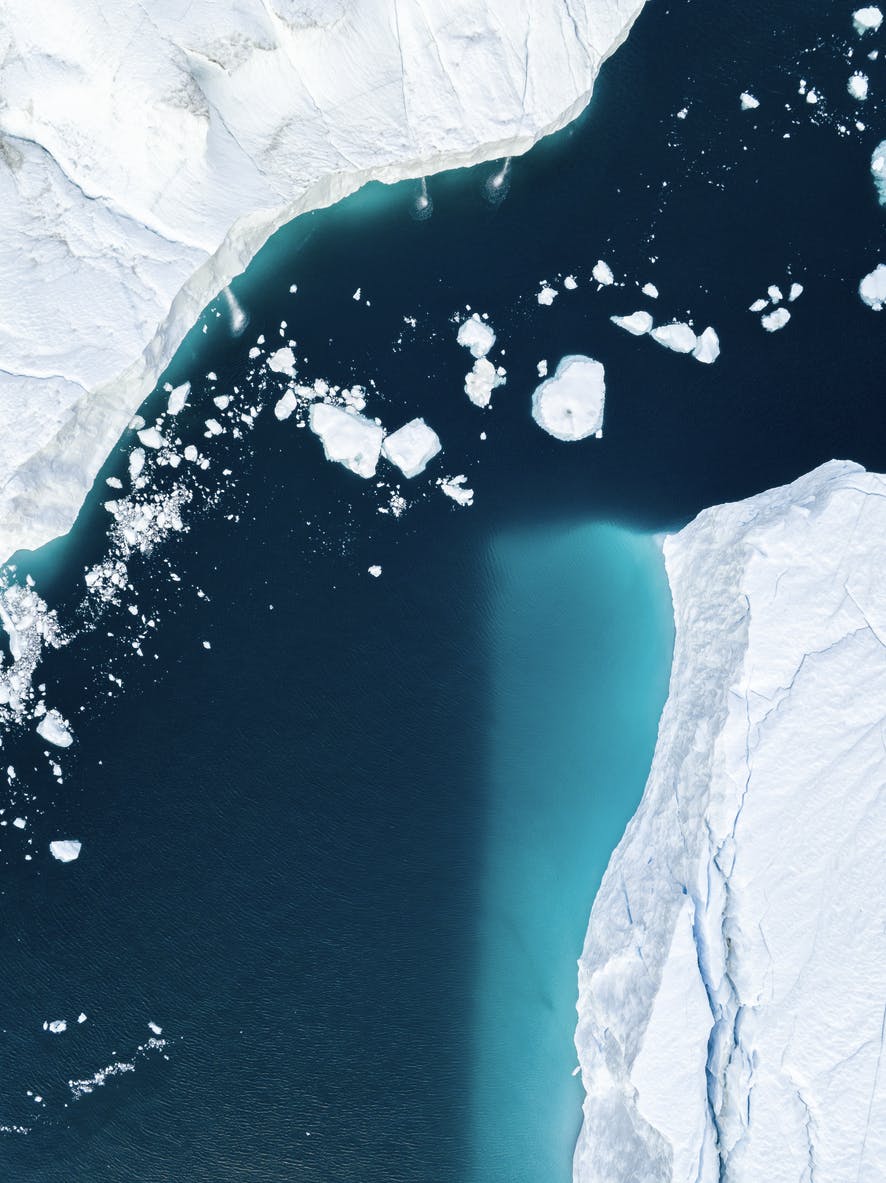
Double trouble: the merging storms of climate change and modern slavery
Written by
Pok Wei Heng
Disclosures and action go hand in hand – the former builds trust, whilst the latter maintains it.
With recent developments in the Australian Sustainability Reporting Standards (ASRS) and the EU’s Corporate Sustainability Due Diligence Directive (CSDDD), a step change is now required to understand and manage systemic risks. But why should we care about an ecosystems lens to risk mitigation?
Consider our present geopolitical-environmental-social reality: increasing geopolitical tensions introduce volatility and risk in supply chains; once-in-a-100-year extreme weather events now grow in frequency and cause further disruption; over 41 000 people in Australia alone are trapped in modern slavery conditions and are at risk of further human rights violations.
The World Economic Forum describes this reality as a polycrisis, a world where disparate crises are compounding and interacting with each other in intensity. This introduces complexity as supply chain, human rights and environmental challenges are set to interweave and overlap.
There are two perspectives to be balanced within the nexus of climate and human rights impacts:
- A green transition is important, but are we considering all stakeholders alongside our value chain in our planning process?
- When conducting human rights due diligence, how do we influence supplier conversations on climate-sensitive production sites and encourage adaptive measures to safeguard livelihoods and supply chain resilience?
This article seeks to answer these two questions, introducing an approach for procurement, sustainability, and human rights professionals to collaboratively identify, assess and mitigate the risks caused by the convergence and compounding effects of human rights and climate change.
Our Key Takeaways:
- Extreme weather events are becoming more frequent and severe, and may exacerbate existing inequalities and the precarity of vulnerable populations.
- For procurement/risk and compliance professionals: identify manufacturing and supply sites, create a modern slavery risk/heat map as well as a climate risk/heat map to identify high-risk climate-sensitive production sites. Prioritise risk mitigation at the sites that overlap on high climate and modern slavery risk but recognise that these risks are dynamic and may require frequent re-evaluation.
- For climate reporting/sustainability professionals: map out your value chain, considering potential human rights impacts across your value chain and within your climate mitigation and decarbonisation strategy. This aligns to GRI, which includes human rights impacts as consideration for all material topics, and aligns with the latest Corporate Sustainability Reporting Directive (CSRD)/ European Sustainability Reporting Standards (ESRS) which specifies ''workers in the value chain'' as a sector-agnostic material topic.
Recognising the connection
To see through the eye of the storm, risks need to be considered in tandem.
Climate Change
According to the United Nation Human Rights Council, climate change will continue to undermine and impact human rights, affecting people’s right to life, safe drinking water and sanitation, culture, work and development.
Extreme weather events, changing agricultural patterns, and resource scarcity have direct consequences on supply chains, affecting sourcing, production, and distribution. For example, within the garment industry, extreme heat is worsening in essential Asian export hubs, presenting long-term health and safety consequences for workers on-site.
Further, rising sea levels coincide with areas of high density of manufacturing sites (such as in China, Bangladesh, Vietnam) – this may profoundly affect supply chain resilience.

In the image above, the blue nodes represent key apparel manufacturing sites, whilst the red nodes represent 2030 projected sea level rise.
Modern Slavery
The real and significant risks that modern slavery poses during business-as-usual times may now be compounded by climate-induced disaster and degradation.
A report by the International Institute for Environment and Development and anti-slavery demonstrates that in the aftermath of climate-induced disasters, local populations become susceptible to traffickers, increasing the risk of them being compelled into forced labour – climate change serves as a stress amplifier, worsening pre-existing vulnerabilities to slavery and exploitation.
Additionally, at their worst, large-scale climate transition and decarbonisation projects can create the unintended consequence of worker exploitation. Research shows that the expansion of renewable energy systems and its upstream pressure on rare minerals and metals supply is leading to rising concerns of human rights impacts in the mining industry.
Achieving a successful and just transition
Below we have listed 10 guiding questions to build on the capacity of climate-related disclosures and modern slavery reporting, and navigate your organisation through a successful and just transition.
Guiding Questions for Procurement and Human Rights Professionals
Guiding Questions for Climate Reporting Professionals
Latest Articles





